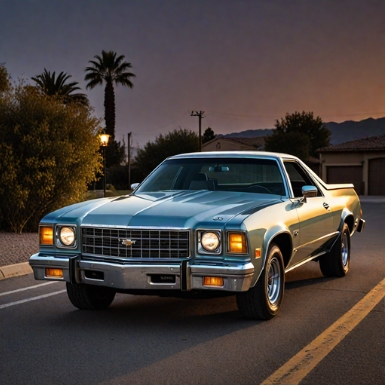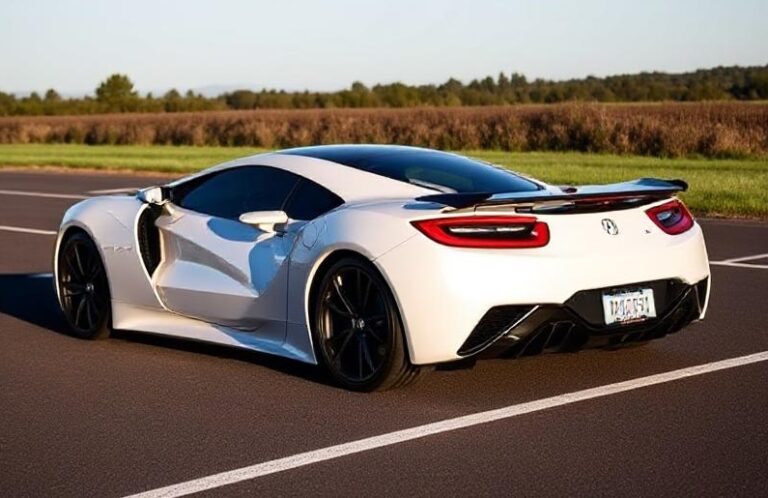The Evolution of the BMW 503 and 507: A Study in Post-War Luxury and Performance
The BMW 503 and 507 are two iconic models that represent a pivotal era in BMW’s history—post-World War II automotive revival, marked by a focus on luxury, design innovation, and performance. Though they share a common lineage, their development trajectories, production histories, and specifications reflect differing visions of what a luxury grand tourer could be in the mid-20th century. This article explores the evolution of these models, detailing their production years, variants, and the nuanced distinctions that defined each.
Background and Context
Following the devastation of World War II, BMW faced significant challenges. Its manufacturing facilities were heavily damaged, and the company needed to reinvent itself to survive in a rapidly changing automotive landscape. The late 1940s and early 1950s marked a period of rebuilding and innovation, culminating in the launch of models aimed at restoring BMW’s reputation for sporty, luxurious vehicles.
The BMW 503 and BMW 507 emerged as flagship models during this era, embodying the company’s ambitions to compete in the luxury sports car segment, primarily targeting affluent markets in Europe and North America.
The BMW 503: The Post-War Luxury Cruiser (1956–1959)
Development and Introduction
The BMW 503 was introduced in 1956 as a successor to the pre-war BMW 321/502 series. It was designed to compete with contemporary luxury cars and to showcase BMW’s engineering capabilities. The model was notable for its elegant design, blending sporty aesthetics with luxury features.
Production Timeline
- Production Years: 1956 to 1959
- Total Units Built: Approximately 2,966 units
Design and Engineering
The 503 was built on a chassis derived from the BMW 502 luxury sedan, utilizing a body designed by Carrozzeria Touring of Milan. Its styling was characterized by flowing lines, a prominent grille, and a refined profile. The car was powered by a V8 engine, a significant development for BMW at the time.
Powertrain and Variants
- Engine: 3.2-liter (3168 cc) V8 engine
- Power Output: 140 horsepower
- Transmission: 4-speed manual or optional automatic transmission
The 503 was primarily a luxury grand tourer, emphasizing comfort and style over outright performance. It featured leather upholstery, wood trim, and advanced features for the era, such as power windows and a refined suspension system.
Models and Trim Levels
While the 503 was generally offered as a single model, there were some variations and coachbuilt versions:
- BMW 503 Standard: The base model, equipped with standard interior and trim.
- BMW 503 Cabriolet: A convertible version produced in limited numbers, highly sought after today.
- Coachbuilt Variants: Several custom-bodied versions were created by renowned coachbuilders, including Carrozzeria Allemano, which added bespoke designs for wealthy clients.
The BMW 507: The Sporting Icon (1956–1959)
Development and Background
The BMW 507 was conceived as a high-performance, stylish sports car aimed at the American market, particularly targeting wealthy buyers and celebrities. The project was initiated by BMW’s director of styling, Count Albrecht von Goertz, who designed the striking bodywork.
Production Timeline
- Production Years: 1956 to 1959
- Total Units Built: 252 units
Design and Aesthetics
The 507’s design is considered one of the most beautiful cars of the 1950s, with a low-slung profile, long hood, and distinctive, rounded fenders. Its styling combined Italian flair with German engineering precision, making it a highly desirable collector’s item today.
Powertrain and Performance
- Engine: 3.2-liter (3168 cc) V8 engine, similar to the 503 but tuned for higher performance
- Power Output: 150 horsepower in early versions, later increased to 160 horsepower
- Transmission: 4-speed manual, with optional overdrive
The 507 was renowned for its impressive performance; it could reach speeds of around 124 mph, making it competitive with other high-end European sports cars of its era.
Models and Variants
- BMW 507 Coupe: The standard model, with minimal variation in trim but notable for its luxurious interior options.
- Limited Edition and Special Versions: Some 507s featured bespoke interiors, custom paint schemes, and coachbuilt modifications, often tailored to the preferences of individual buyers.
.
MANY auto lovers not only spend time in their garages to tinker on their autos, but have other projects going on in there as well. Wood working is a popular pastime for the creative type of individual. Not sure what to make next? Or thinking about getting into this kind of hobby? There’s lots of possibilities… Here’s some of them…

.
Comparative Overview: 503 vs. 507
| Feature | BMW 503 | BMW 507 |
|---|---|---|
| Production Years | 1956–1959 | 1956–1959 |
| Units Produced | ~2,966 | 252 |
| Body Styles | Sedan, Cabriolet, Coachbuilt | Roadster (Cabriolet) |
| Engine | 3.2L V8, 140 hp | 3.2L V8, 150–160 hp |
| Market Focus | Luxury grand tourer | High-performance sports car |
| Price & Market | Premium luxury, European and some North American markets | Exclusive, targeted at affluent and celebrity clientele |
The End of an Era and Legacy
Production of both models concluded in 1959, primarily due to economic challenges faced by BMW, including the 1959 recession and the company’s focus shifting toward more mass-market models like the BMW Neue Klasse sedans introduced in the early 1960s.
Despite their relatively limited production runs, both the 503 and 507 left a lasting legacy:
- The BMW 503 is celebrated for its elegant design and luxury features, representing BMW’s post-war revival in the luxury segment.
- The BMW 507 remains one of the most iconic and collectible classic cars, admired for its stunning styling and rare performance credentials.
Collectibility and Modern Appreciation
Today, both models are highly prized among collectors:
- The BMW 503 Cabriolet fetches high prices at auctions, valued for its rarity and historical significance.
- The BMW 507 Roadster is considered one of the most beautiful cars of the 20th century, with surviving units often selling for several million dollars.
Conclusion
The evolution of the BMW 503 and 507 exemplifies a period of innovation, artistic design, and engineering ambition at BMW during the 1950s. These models, although produced for a brief period, symbolize the brand’s commitment to luxury, performance, and distinctive styling. Their limited numbers and enduring appeal ensure they remain symbols of BMW’s rich heritage and pioneering spirit.







